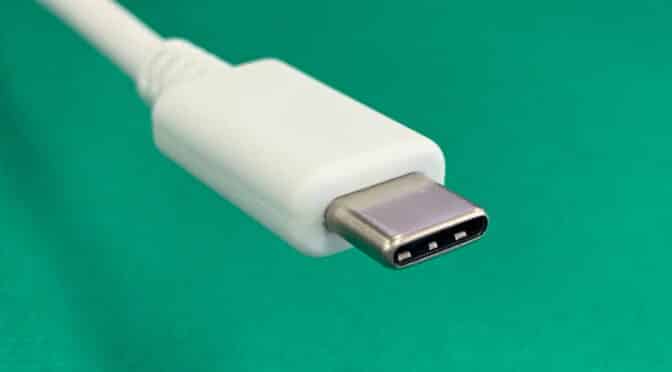Apple’s recent announcement about supporting Rich Communication Services (RCS) on iPhones has caused quite a stir in the tech community. This move, which integrates a standard long-resisted by Apple, signals a significant shift in the company’s approach to messaging services. We delve into the implications of this development, guided by insights from Dario Betti, CEO of the Mobile Ecosystem Forum (MEF).
A Politically Balanced Approach
Dario Betti comments, “Apple had resisted integrating the standard until now: its CEO, Tim Cook, said it did not see customer demand for RCS in 2022. The announcement is a politically balanced approach: it introduces the new technology without celebrating it.” This reflects Apple’s strategy to incorporate new technology while maintaining its stronghold with iMessage and its business messaging ventures. Betti adds, “It is an RCS announcement, and not an ‘RBM’ (RCS Business Messaging), but the news is big – even if expected to an extent.”
Impact on the Messaging Ecosystem
While this announcement marks a notable change, Betti believes it’s too late to unsettle established players like WhatsApp. He states, “The announcement is too late to provide a real worry for a player such as WhatsApp. The change will not affect its usage base immediately.” However, he doesn’t rule out the potential challenges for Meta and other messaging companies if Google and Apple push for deeper integration of RCS in the future.
Why Now? The Driving Factors Behind Apple’s Move
The reasons behind Apple’s decision to support RCS are multifaceted. Betti suggests, “User Experience: SMS/MMS interconnection for advanced messaging was becoming unsustainable for Apple. Messaging is now much more advanced.” He also points out the growing RCS uptake, noting, “MEF announced in October that there are an estimated 1.2 billion devices supporting RCS globally, surpassing the number of iPhones.” Additionally, regulatory pressure from the European Union’s Digital Markets Act, which aims for messaging interconnection, likely played a role in this decision.
Conclusion
Apple’s integration of RCS is more than a mere technical update; it’s a strategic move that balances its existing services with the evolving demands of the market and regulatory pressures. While it might not immediately disrupt the messaging landscape, it lays the groundwork for potential shifts in the future. Apple’s step towards RCS reflects a broader trend in the tech world – the continual evolution and adaptation to changing user needs and regulatory environments.
For more detailed insights on Apple’s RCS announcement, visit 9to5Mac. Stay tuned for more tech updates and analyses at The Gadget Man.




















